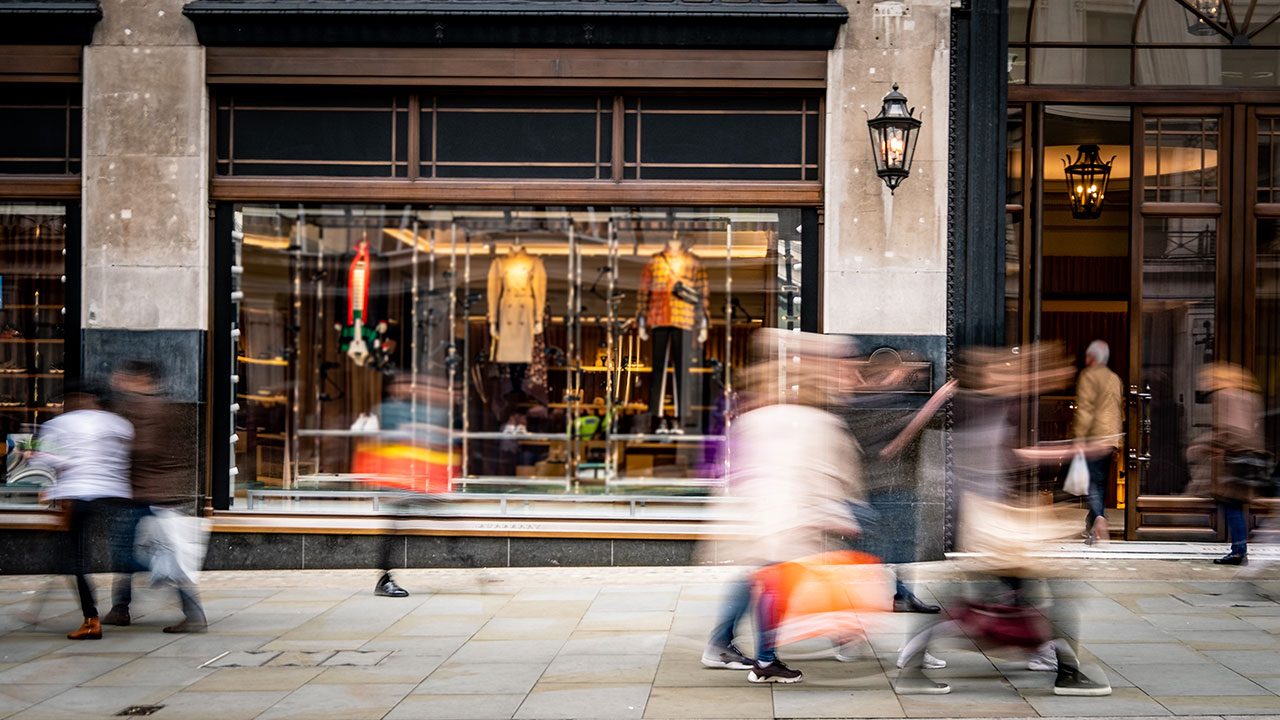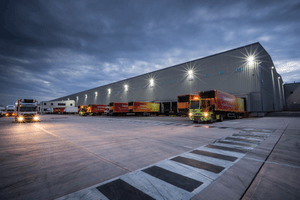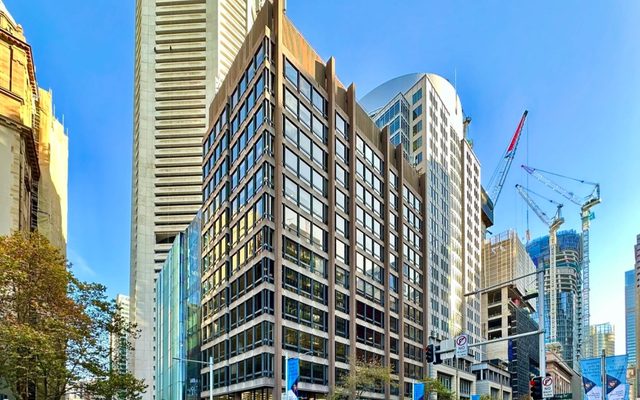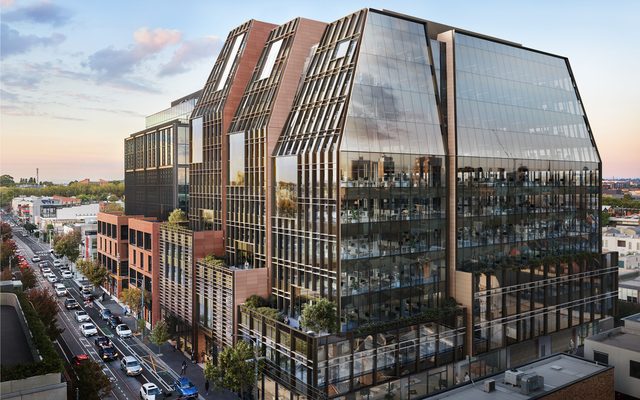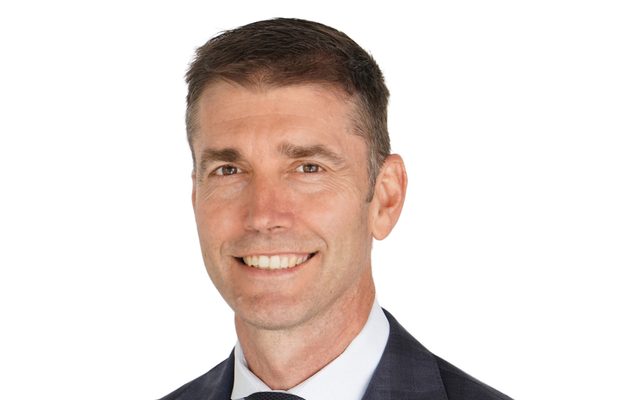This article is from the Australian Property Journal archive
AUSTRALIA’S CBD retail vacancy rate fell to 13.9% in the second half of 2022, with Melbourne leading the way and falling to single digits.
According to the latest data from CBRE’s H2 CBD Retail Vacancy report, CBD retail vacancy rates continued to tighten in the second half of last year from 15.9% in the first half, which was more impacted by the lingering challenges presented by the pandemic.
H2 vacancy rates were supported by the continued recovery of office occupancies, increased incoming tourism and returning international students.
Melbourne saw the most significant tightening, falling 5.67% to 9.2%, followed by Adelaide’s drop of 3.71% to 13.3%m while Perth saw a minor decline of 0.41% to 26.1%.
Meanwhile, Sydney was still the lowest in the country and held in single figures but rose 1.39% to 8.3% over the half and Brisbane saw a marginal increase of 0.28% to 18.4%.
“Despite heightened cost of living pressures, there were healthy levels of discretionary spending in H2, with the re-opening of China’s borders expected to provide another boost to the country’s CBD retail markets,” said Kate Bailey, Australian head of retail research at CBRE.
“Retailers are also on the expansion trail, with our latest Asia Pacific Retail Flash Survey showing that 83% of Australian respondents plan to grow their store networks this year, with 61% planning to increase the quality of their store locations – a move which will favour CBD markets.”
After experiencing the longest COVID-19 lockdowns, Melbourne is now leading CBD retail recovery, with CBD spending in December eclipsing 2019 inflation-adjusted levels, at $31.68 million.
“While these pop-up lease terms are generally short, they’ve enhanced shopper visitation and there is more buzz in the city,” said Jason Orenbuch, associate director of retail leasing at CBRE.
“Takeaway food outlets have also filled many vacancies as international students return, tourism rebounds and office occupancies increase. We’re also seeing particularly strong interest from hospitality operators for partially or fully fitted out space in hospitality hotspots such as Flinders Lane and Swanston Street,”
Despite an expanding vacancy rate in H2 from H1’s 6.9%, Sydney’s enduring position as the tightest CBD retail market was driven by growing office occupancy, tourism and international students.
NSW 2022 enrolments to November are at 289,098, which is only 5% below the five-year pre-COVID average.
“Chinese students are expected to quickly flow into Australia this year after the Chinese education ministry warned that overseas online learning would no longer be recognised,” said Leif Olson, Australian head of retail leasing at CBRE.
“This presents an opportunity for increased CBD retail demand as does the strong pipeline of projects that have been proposed to revitalise the city.”
Sydney’s CBD vacancy increase over the half was largely drive by strip retail, after the sector’s vacancy grew 3.79% to 10.11%
In Brisbane, the CBD vacancy rate held comparatively stable over the second half, after seeing a large jump over H1, with low office occupancy rates, severe weather events and low levels of overseas migration and tourism creating an uncertain and challenging environment for retailers.
“A break-down of the CBD vacancy shows that the H2 increase was wholly attributable to centre vacancies, with the city welcoming a range of new retailers to its retail strips, where the vacancy tightened by 13bps,” said Tanaka Jabangwe, associate director of retail leasing at CBRE.
Adelaide’s CBD vacancy was support by the return of major events and end of year shows and major cruise ships in November and December, both driving up spending.
The city’s centre vacancies saw the largest drops of 732bps, after the ground floor openings in the Myer Centre of Uniqlo for its first South Australian store and Lush’s first Australian concept store, while Rundle Mall’s vacancy rose by 299bps off a low base.
“The Mall has received attention from high-profile tenants, particularly around the western end which has historically seen higher levels of vacancy,” said Julia Pottenger, associate director of retail leasing at CBRE.
This demand comes off the back of major international brands like Uniqlo opening flagship Adelaide stores and highlights the flight-to-quality and experiential retail trends we’re seeing across the country.”
Finally, Perth’s marginal tightening over H2 was driven by its office occupancy rate recover, which hit 80% in November, becoming the highest in the country.
“Retailer interest and enquiry was re-established in late 2022, when confidence returned in travelling to and from Perth and this has carried into 2023 – a trend which should slowly breakdown the CBD’s high retail vacancy rate,” said Fred Clohessy, WA head of retail and senior director at CBRE.
